 Southern Guardian
Southern Guardian
Entry Type: Thing - Starting with S
 Southern Guardian
Southern Guardian
Southern Ladies’ Journal
 Southern Maidenhair Fern
Southern Maidenhair Fern
 Southern Pine Beetle Damage
Southern Pine Beetle Damage
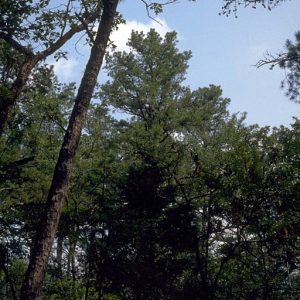 Southern Shortleaf Pine
Southern Shortleaf Pine
Southern Strategy [Novel]
 Southern Trust Building
Southern Trust Building
 Southern Trust Building
Southern Trust Building
Southland Park Gaming and Racing
aka: Southland Greyhound Park
Southwest Experimental Fast Oxide Reactor (SEFOR)
Southwest Trail, The [Computer Game]
 Soybean Field
Soybean Field
Spanish Land Grants
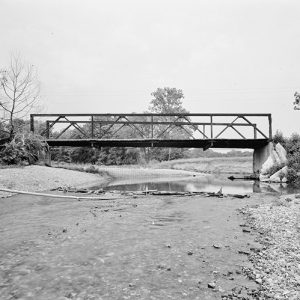 Spavinaw Creek Bridge
Spavinaw Creek Bridge
 Tris Speaker trading Card
Tris Speaker trading Card
Speckled Pocketbook
aka: Lampsilis streckeri
 Speckled Pocketbook
Speckled Pocketbook
 Speckled Pocketbook
Speckled Pocketbook
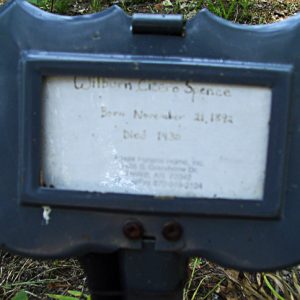 Cicero Spence Grave
Cicero Spence Grave
Spirit of the American Doughboy Monuments
Sponges
 Sponge
Sponge
 Sporulated Eimeria sp. Oocyst
Sporulated Eimeria sp. Oocyst
 Spraying for Codling Moth
Spraying for Codling Moth
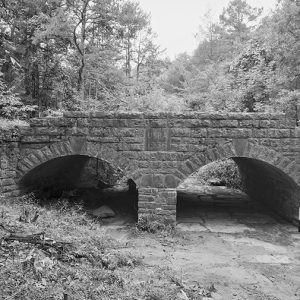 Spring Lake Bridge
Spring Lake Bridge
Spring River
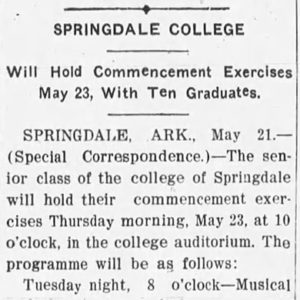 Springdale Commencement
Springdale Commencement
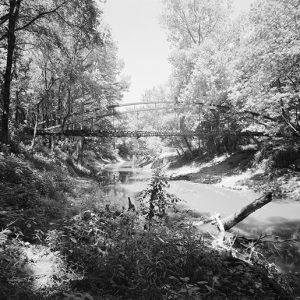 Springfield-Des Arc Bridge
Springfield-Des Arc Bridge
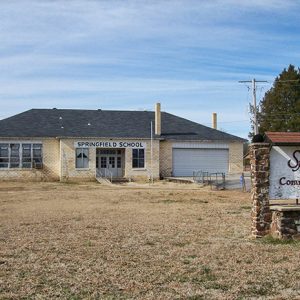 Springfield School
Springfield School
Springfield to Fayetteville Road
 Springfield-Des Arc Bridge
Springfield-Des Arc Bridge
Springfield–Des Arc Bridge
aka: Springfield Cadron Bridge
aka: Springfield Bridge
Springs
 Springtime, San Gabriel Valley
Springtime, San Gabriel Valley
 SS La Salle
SS La Salle
 SS Masan
SS Masan
SS Ouachita Victory
 SS Ouachita Victory
SS Ouachita Victory
St. Agnes Catholic Church
St. Andrew’s College
 St. Anthony's Hospital
St. Anthony's Hospital
 St. Bernards Medical Center Ticket
St. Bernards Medical Center Ticket
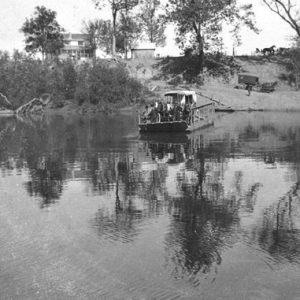 St. Charles Ferry
St. Charles Ferry
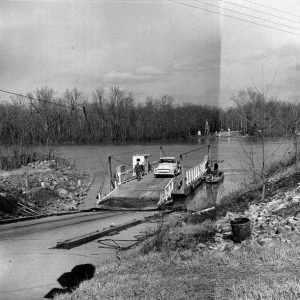 St. Charles Ferry
St. Charles Ferry
St. Charles Battle Monument
 St. Charles Battle Monument
St. Charles Battle Monument
 St. Charles Ferry
St. Charles Ferry
St. Edward Catholic Church
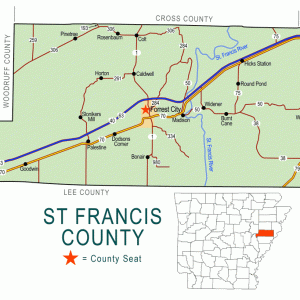 St. Francis County Map
St. Francis County Map




